Tech Topic | September 2017 Hearing Review
Today’s hearing aids make up a part of what can be considered a communication system. Assistive devices are designed as an integral part of this system, and are shown to increase both patient benefit and satisfaction with hearing aids overall. Multiple effective solutions can be incorporated into hearing aid fitting, offering an easy way for hearing care professionals to differentiate their services.
In today’s busy hearing healthcare climate, hearing care professionals are continuously looking for advantages to differentiate their practice. One of the ways in which a practice can stand out, as well as provide premium services to their patients, is to include assistive technology in their product offerings. Even the busiest of practices can make convenient changes which will, in turn, result in happier patients.
Over the past decade, the hearing aid industry has made extensive advances in the development of products and accessories aimed at assisting our patients with hearing loss. Perhaps the only downside of this plethora of technology is the tendency to become overwhelmed with all of the choices that are available. A common sentiment from clinicians is that “my patients are older and don’t use technology” or “my patients don’t need assistive technology.” Even those who offer assistive technology may end up limiting the selection of products due to the time constraints of a busy practice.
The good news is there are many straightforward opportunities to incorporate assistive devices and new technologies into your practice, which will, in turn, provide your patients added benefit and improved satisfaction with hearing aids. It has been reported that hearing aid users who also use assistive Bluetooth-based technology are more satisfied with their hearing aids than those who don’t.1
This article explores various solutions to common problems which hearing aid users face, and discusses easy-to-implement methods for busy practices to utilize.
Increasing Tech Savviness of Hearing Aid Users
The Baby Boomer generation is now becoming the senior population: Every day, 10,000 people turn 65, and this will continue every day until 2029 before diminishing. Currently 50% of adults older than age 65 have hearing loss, equating to substantial numbers of Boomers with hearing loss. Recent Pew Research Center data has shown a dramatic uptake in technology usage among seniors—according to a new report, this group is more digitally-connected than ever.2 The Pew Research data indicates that 4 out of 10 seniors now own a smartphone, numbers which have quadrupled in the last 5 years. More than two-thirds of the 65+ age group use the Internet, and one-third use social media.
Figure 1 depicts these results compared to other age groups in the study. Although the younger seniors may be the largest users of smartphones, tablets, and Internet services, these numbers are growing for all segments over 65, including the 80+ group. Previous notions that only younger individuals are using technology to manage healthcare needs have been refuted with a recent study showing that 28% of the 55+ age group uses technology to manage their healthcare needs.3 Of the ways in which they used technology to access healthcare, the top activity was communicating with their doctor or healthcare provider through online portals, email, or texting. In light of these recent findings, the underlying message is that we are doing our patients a disservice by assuming that they won’t be able to handle or be interested in additional technology to complement their hearing aid investment.
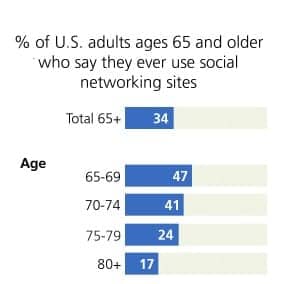
Figure 1. Top: Internet use, broadband subscribers, and smartphone owners by age. Bottom: Seniors who use social networking sites. Source: Pew Research2
Tackling the Signal to Noise Ratio Problem
We know that difficulty understanding speech through hearing aids in noisy restaurants or other social situations has been found to be the most common complaint of hearing aid users, as well as the top reason for non-adoption of hearing aids.4 Manufacturers have made significant advances in signal processing to address noise problems with modern hearing aids; however, room for improvement in difficult listening situations still exists.
Not surprisingly, improving the understanding of speech in noisy environments is the hearing aid feature which is most desired by hearing aid users.5 As further proof that the problem isn’t resolved with advanced signal processing, a recent online survey of hearing aid users confirmed the well-known complaint that satisfaction with hearing aids in background noise is not nearly as high as it is in quiet situations.6
The most significant technological evolution for improving an adverse signal-to-noise ratio (SNR) in challenging environments has been wireless technology in hearing aids. Wireless transmission improves the SNR by enabling hearing aids to wirelessly connect directly to sound sources from external devices, such as landline telephones, mobile telephones, televisions, stereos, car audio systems, computers, and tablets. Improved SNR can also be seen with wireless transmission to hearing aids from the microphones of public address systems in theaters, concert halls, lecture halls, and places of worship.
Solution #1: Offer Wireless Accessories in Your Practice
A good example of the improvement in SNR afforded by wireless technology is the use of a companion microphone (Figure 2). Many manufacturers offer companion microphones, and they have become quite popular accessories due to their versatility and use in multiple situations.
Wireless microphones are being used increasingly as a less expensive alternative to the traditional costly FM systems of the past.7 The ease of pairing to hearing aids and the absence of a requirement for extra equipment attached to the hearing aid, such as an audio shoe, make companion microphones more convenient to use than an FM system. In a noisy restaurant environment these microphones can provide up to 18-20 dB improvement in SNR.8,9 A good way to demonstrate the benefit of a wireless microphone in the office is to pair it to the patient’s hearing aids during a fitting, then walk behind the patient or out of the room and ask them open-ended questions. The microphone can also be plugged into a music player, PC, or phone in order to stream music from the companion mic to the hearing aids. If a spouse or family member is present, using this accessory is an easy way to get them involved in the fitting as well. Other common places wireless microphones can be used include restaurants and cafes, classes and lectures, on walks or bicycle rides with a partner, in the car, visiting with friends, and fitness classes.
Television streamers are another easy accessory to integrate into your product offerings. Television streaming to wireless hearing aids has been shown to significantly improve understanding of the dialogue, particularly in situations with background noise.10 For the patient, this alleviates the problem of needing to have the television at a volume which is uncomfortably loud for others who do not have hearing loss. Direct streaming of television audio to a hearing aid also includes the advantage of improving the quality of the signal over amplification solely form the hearing aid. The television streamer can be readily demonstrated by having it connected to a television in the office or office waiting room. The hearing aids are paired up to the TV streamer, then, either a movie, television show, or video can be streamed directly to the hearing aids. Typically these streamers have a very long range, so it can be impressive to the patient to demonstrate the range of streaming while they walk away.
Solution #2: Offer Made for iPhone (MFi) Products in Your Practice
Mobile telephone usage has historically been one of the more demanding challenges for hearing aid users due to problems with limited output from the phone, compromised sound quality, and acoustic feedback. Until recently, wireless transmission from mobile telephones to hearing aids required the use of an intermediary gateway device due to the high power consumption of traditional Bluetooth technology.
With the advent of Bluetooth Smart, hearing aid manufacturers were able to introduce direct wireless transmission from Apple mobile devices to hearing aids. With direct streaming, any audio source from the Bluetooth Smart iOS device can be transmitted wirelessly in stereo directly to the hearing aids. Sound quality for phone calls through hearing aids has been dramatically improved, as it has been shown that speech recognition and subjective ratings of comfort and ease of use are better with bilateral wireless routing of the telephone signal.11 This is great news for the senior population discussed earlier, who are continuously increasing their uptake of smartphones and tablets.
There are many easy ways to successfully demonstrate the benefits of MFi products to patients. Music streaming is a quick way to accomplish the demonstration. Most people like music, and if they don’t have music stored on their smartphone, there are many websites, including YouTube, that can provide access to a song of their choosing. Once the iOS device (either iPhone or iPad) is paired to the hearing aids, music can then be directly streamed.
Made for iPhone hearing aids also offer the opportunity for patients to have more control of their hearing aids through the use of apps on their smartphones. Apps related to hearing aid usage offer a multitude of functions, from changing programs, volume, and frequency response, to adjusting algorithms such as directionality, noise reduction, and wind noise reduction. Favorite settings can be geotagged and applied when favorite locations are approached. The location services on a smartphone even allow a patient to locate hearing aids which have been lost or misplaced.
Another impressive demonstration of the MFi technology is the FaceTime call. If the patient has an iPhone or iPad, the demo can be performed. The demo requires the use of another iPhone to initiate the FaceTime call to the patient. The hearing aid user will then experience the benefit of visual cues while simultaneously streaming the call to the hearing aids. This can be a powerful demo as many patients have been unable to have a conversation on a mobile phone in a conventional manner, particularly those who wear super-power hearing aids. The benefits of using FaceTime and the improvement seen with visual phone handling has been documented to show a 23% improvement over an audio-only phone handling strategy.12 Figure 3 depicts results from this study.
Solution #3: Offer Remote Services for Fine-tuning Adjustments in Your Practice
The latest cutting-edge assistive technology offerings allow for a hearing care professional to make remote fine-tuning adjustments to a patient’s hearing aids if they are not able to be seen in person at the office. The first fitting must be completed in person at the office in order for this feature to be activated. The activation of the feature then allows for the sharing of information and hearing instrument settings between the patient and the hearing care professional through a safe and secure connection.
A patient can use the app associated with the hearing aids to request program and gain adjustments. Their hearing care professional receives the request and can complete remote fine-tuning by making adjustments to the programming of the hearing instruments through the fitting software, and then sending the fine-tuning package back to the patient. The patient uploads the fine-tuning package to their hearing aids from their app. The patient can choose to keep the new settings; however, they always have the option of reverting to their previous settings if those were preferred. The information is sent back and forth through the Cloud; the Cloud also enables remote firmware updates to the patient’s hearing instruments to ensure that they are never out-of-date. An overview of this system is shown in Figure 4.
There are countless benefits for both patients and hearing care professionals when using remote-assist technology. For patients, it offers the convenience factor by reducing the number of visits to hearing clinics for minor adjustments. This can be particularly helpful for patients who have trouble with mobility or cannot drive, or live long distances from their hearing clinic. It can also be helpful for those who are working and have difficulty finding time to schedule appointments due to their work schedule and/or business travel.
Another benefit for patients is that they are able to document real-time feedback in the app during challenging listening situations, and then send those experiences directly to their hearing care professional rather than rely on memory or notes to provide this information at an appointment which may occur several weeks later. Although it is not expected that the hearing care professional respond immediately in these scenarios, the patient being able to provide feedback while in the particular environment can be valuable information for fine-tuning.
There are many benefits for the hearing care professional as well. In addition to the time-saving benefit of reducing the number of follow-up appointments for a particular patient, the clinician can provide an enhanced level of care and improve patient engagement. We know that when patients are more involved in their healthcare they have a greater sense of ownership and better functional outcomes.13 This is easily relatable to hearing healthcare ownership of hearing loss and hearing aids, resulting in greater satisfaction with amplification.
Summary
Today’s hearing aids make up a part of what can be considered a communication system. Assistive devices are designed as an integral part of this system, and are shown to increase both patient benefit and satisfaction with hearing aids overall. Patients in all age groups are increasingly interested in and capable of using technology. This considerably lowers a hurdle in using assistive technologies to improve hearing in many difficult situations. Multiple effective solutions can be incorporated into hearing aid fittings, offering an easy way for hearing care professionals to differentiate their services.
Correspondence can be addressed to HR or Dr Mecklenburger at: [email protected]
Original citation for this article: Mecklenburger J. Easy ways to integrate assistive technology into your practice. Hearing Review. 2017;24(9):22-24.
References
-
Smith P, Davis A. The benefits of using bluetooth accessories with hearing aids. Intl J Audiol. 2014 Oct 1;53(10):770-773.
-
Pew Research Center. Tech adoption Climbs Among Older Adults. Washington, DC: Pew Research;2017. Available at: http://www.pewinternet.org/2017/05/17/tech-adoption-climbs-among-older-adults
-
Cordina J, Kumar R, Moss C. Debunking common myths about healthcare consumerism. New York: McKinsey & Co. December 2015. Available at: http://www.mckinsey.com/industries/healthcare-systems-and-services/our-insights/debunking-common-myths-about-healthcare-consumerism
-
Kochkin S. MarkeTrak VII: Obstacles to adult non-user adoption of hearing aids. Hear Jour. 2007;60(4), 27-43
-
Bridges JFP, Lataille AT, Buttorff C, White S, Niparko JK. Consumer preferences for hearing aid attributes: A comparison of rating and conjoint analysis methods. Trends Amplif. 2012; 16:40-48.
-
Abrams HB, Kihm J. An introduction to MarkeTrak IX: A new baseline for the hearing aid market. Hearing Review. 2015;22(6):16-21.
-
Christensen L. The evolution of directionality: Have developments led to greater benefit for hearing aid users? Hearing Review. 2013;20(12):40-48.
-
Jespersen CT. A review of wireless hearing aid advantages. Hearing Review. 2012;19(02):48-55. Available at: https://hearingreview.com/2012/02/a-review-of-wireless-hearing-aid-advantages
-
Keith WJ, Purdy SC. Assistive and therapeutic effects of amplification for auditory processing disorder. Seminars Hear. 2014; 35(1):27-37.
-
Sjolander ML, Bergmann M, Hansen LB. Improving TV listening for hearing aid users. Hearing Review. 2009;16(11):44-47.
-
Picou E, Ricketts T. Efficacy of hearing-aid based telephone strategies for listeners with moderate-severe hearing loss. J Am Acad Audiol. 2013;24(1):59-70.
-
Jespersen CT, Kirkwood B. Speech intelligibility benefits of FaceTime: Advantages for everybody. Hearing Review. 2016;23(9):20-25. Available at: https://hearingreview.com/2016/08/speech-intelligibility-benefits-facetime-advantages-everybody
-
Turner-Stokes L, Rose H, Ashford S, Singer B. Patient engagement and satisfaction with goal planning: Impact on outcome from rehabilitation. Intl J Therapy Rehab. 2015;22(5):210-216. Available at: http://www.magonlinelibrary.com/doi/abs/10.12968/ijtr.2015.22.5.210

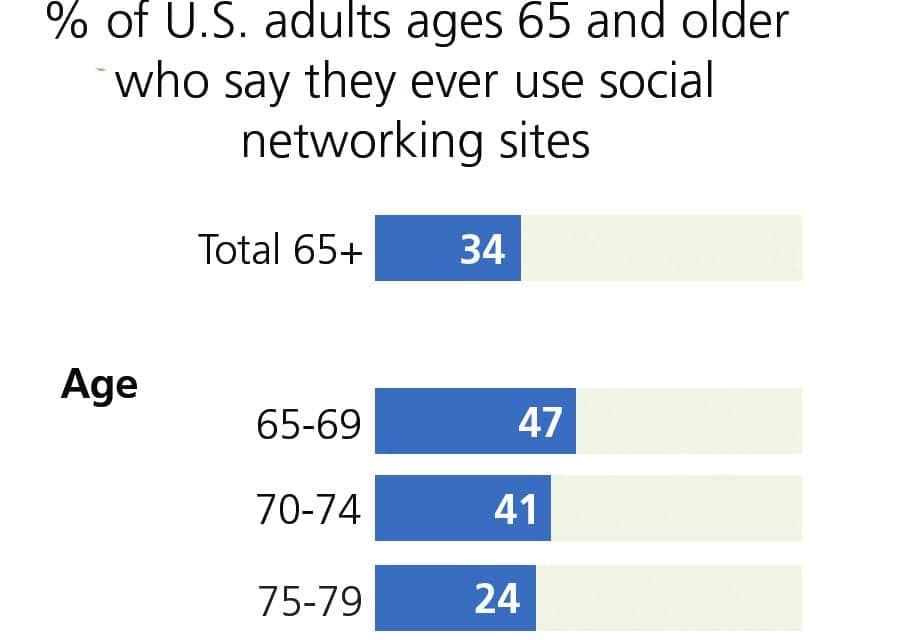

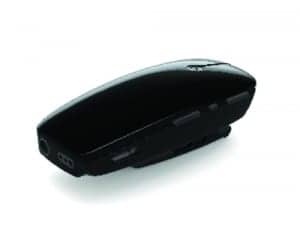
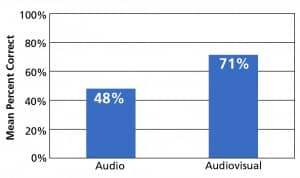
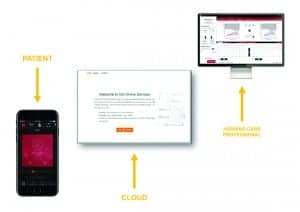
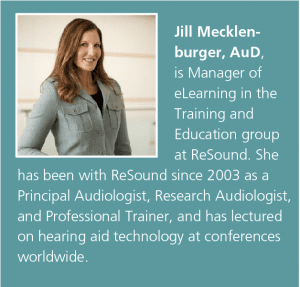
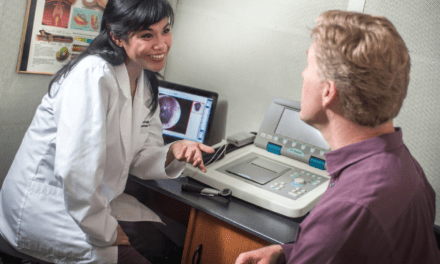

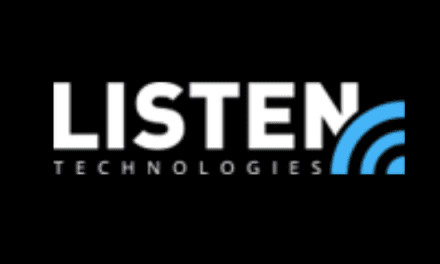
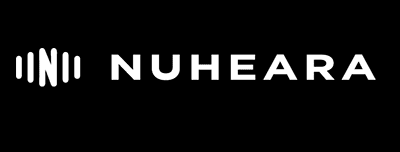
Glad to read this article, As a age care home, I know the importance of the above technologies more.
Thanks for sharing